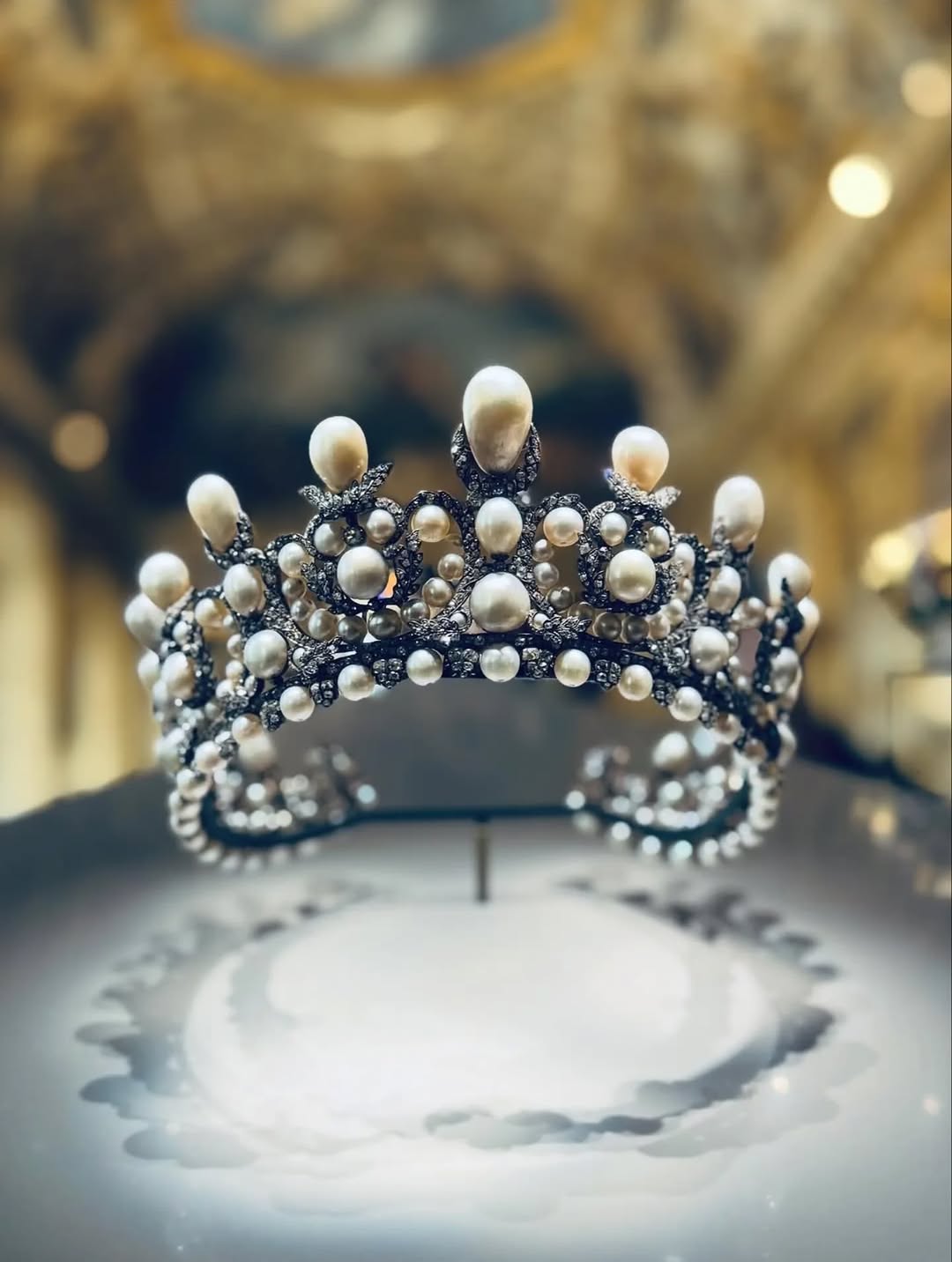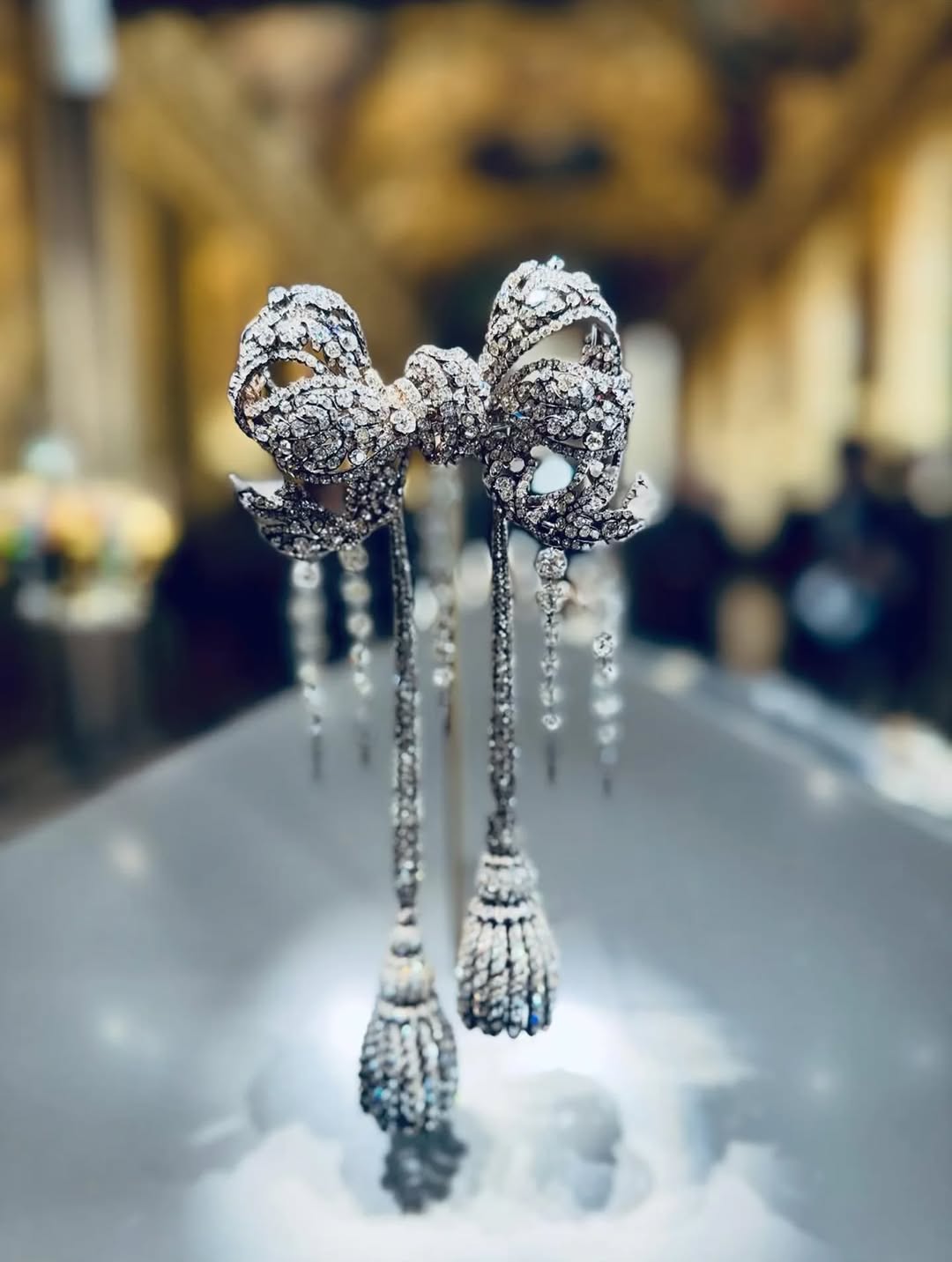The Robbery That Shook the Louvre
On the morning of 19 October 2025, thieves pulled off a startlingly swift and bold heist at the Louvre Museum’s glamorous second-floor gallery. Surveillance and ministerial statements indicate that around 9:30 a.m., four masked intruders—two dressed in high-visibility vests, two on motor scooters—entered the museum via a Seine-facing façade, using a scaffold-type basket lift to access the gallery from the outside.
In less than seven minutes, the gang smashed through display cases in the Galerie d’Apollon and made off with eight to nine pieces of historic French crown-jewellery, many connected to Empress Eugénie, Queen Marie-Amélie and Queen Hortense. One crown—belonging to Empress Eugénie and encrusted with 1,300+ diamonds and 56 emeralds—was reportedly dropped outside the museum during their escape and later recovered in broken condition.
Officials described the operation as professional, quick and carefully planned. France’s Interior Minister, Laurent Nuñez, said the thieves were “seasoned” and may have had inside information. The museum closed for the day and a national investigation is underway. Le Monde.fr
Why Is the Museum Called the Louvre?
The name Louvre comes from the building’s long history. The site began as a fortress in the late 12th century under King Philip II. Over the centuries it evolved into a royal palace before becoming a public museum after the French Revolution. The institution now holds one of the world’s largest art and cultural collections, housed in an iconic former royal residence.

What Are the “Big 3” at the Louvre?
While the museum contains countless masterpieces, the three standout works most associated with the Louvre are:
-
Mona Lisa by Leonardo da Vinci, arguably the most famous painting in the world.
-
Venus de Milo, a celebrated ancient Greek sculpture.
-
Winged Victory of Samothrace, a dramatic Hellenistic sculpture of Nike in flight.
These three often define the public perception of the Louvre and attract the majority of visitors to the museum.
What Was Taken in the Louvre Robbery?
According to official statements and reporting by Reuters, the thieves targeted some of the most historically significant jewels in the Louvre’s Galerie d’Apollon — pieces that once adorned European royalty and represented the height of 19th-century French craftsmanship.
Among the stolen treasures was a tiara, necklace, and single earring from the sapphire jewellery set of Queen Marie-Amélie and Queen Hortense. These regal pieces were originally crafted for the French royal family in the early 1800s and later became symbols of the post-Napoleonic court’s elegance.

Also taken was an emerald necklace and a pair of emerald earrings that belonged to Empress Marie-Louise, the second wife of Napoleon Bonaparte. The Austrian archduchess brought many of her jewels from Vienna to France after her marriage, and the emerald set was considered one of her signature adornments, reflecting both dynastic wealth and diplomatic ties.
The thieves also made off with a reliquary brooch, a small but priceless piece believed to have been designed for devotional use within the imperial household. Its delicate filigree and embedded gemstones made it one of the Louvre’s lesser-known yet deeply significant artefacts.
Two additional pieces — a tiara and a large bodice-knot brooch once worn by Empress Eugénie, the last empress of France — were also stolen. These items represented the pinnacle of Second Empire jewelry design, combining French refinement with the Empress’s love of opulent, modern craftsmanship.

Finally, the crown of Empress Eugénie, adorned with more than a thousand diamonds and dozens of emeralds, was seized during the raid but later recovered in damaged condition outside the museum.
These jewels are not only high-value luxury items — they are fragments of France’s royal history. Each one traces the lineage of empire, revolution, and restoration. Their loss represents a wound to cultural heritage that cannot be measured in money alone.
Why This Matters
-
Cultural Impact: The theft targeted objects of national heritage rather than just high-priced items, putting the spotlight on museum security and preservation.
-
Security Weaknesses: The method of entry—using a basket lift and chainsaws in a busy gallery half-an hour after opening—raises questions about staffing, surveillance and access protocols. TIME
-
Market Risks: Once such jewels leave secure display, their traceability plummets. They can be melted down, recut, or sold in illicit networks, reducing chances of recovery.
-
Public Trust: The Louvre, which draws millions of tourists annually, must now contend with real questions about visitor safety, collection integrity and pre-existing budget pressures.
Conclusion
The October 2025 robbery at the Louvre is more than a headline-grabbing art heist; it is a reminder of how vulnerable even the most iconic cultural institutions are. With some of France’s most treasured jewels missing, the stakes are high—not only for recovery but for the future of museum security and cultural heritage. As investigations proceed and experts sift through evidence, the world watches to see whether these gems will ever be displayed again—and how the Louvre will reassure visitors that its treasures are safe.














